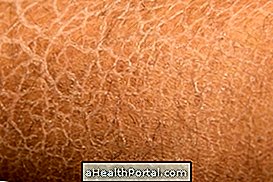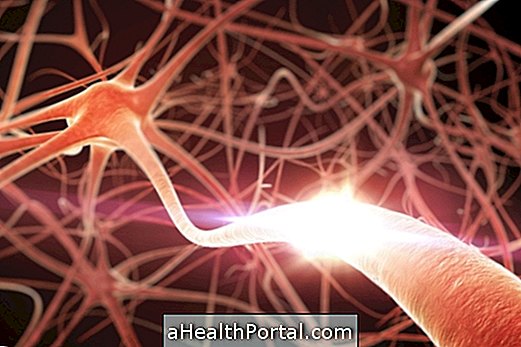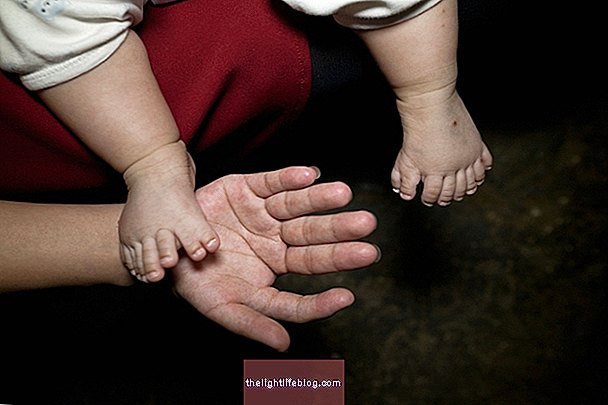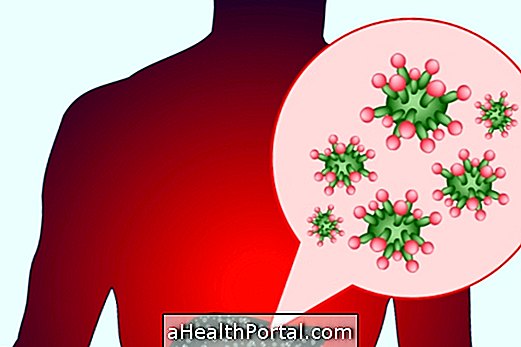Pseudohermaphroditism, also known as ambiguous genitalia, is an intersexual condition in which the child is born with genital organs that are not evidently male or female.
Although the genitals can be difficult to identify as being a girl or a boy, there is usually only one type that produces sex cells, ie there are only ovaries or testicles. In addition, genetically, only one sex chromosome can be identified.
To correct this alteration of the external sex organs, the pediatrician may recommend some types of treatment. However, there are several ethical issues related to the child's psychological development, which may not identify with the gender chosen by the parents, for example.
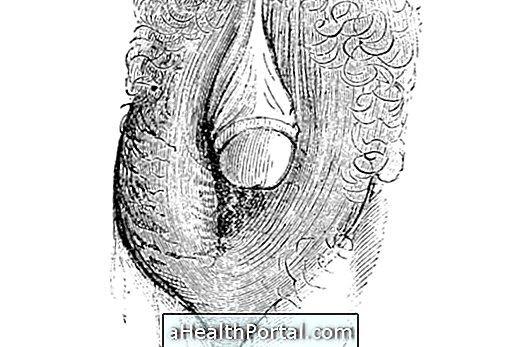
Characteristics of female pseudo-hermaphroditism
A pseudo-hermaphrodite woman is a genetically normal woman who is born with genital organs that resemble a small penis but have female reproductive organs. In addition, it may also have male characteristics, such as excess hair, beard growth or lack of menstruation in adolescence.
These cases usually arise due to a congenital hyperplasia of the adrenal glands, which changes the production of sex hormones. However, other causes also include maternal androgen-producing tumors and the use of hormone medications during gestation.
Characteristics of male pseudohermaphroditism
Already a pseudo-hermaphrodite man is genetically normal, but is born without a penis or with a very small penis. However, it has testes, which may be located inside the abdomen. It may also exhibit female characteristics such as breast growth, absence of hair or menstruation.
This change is more common in infants who do not produce adequate levels of the male hormone, testosterone, or who do not have enough Muller inhibitory factor to ensure adequate development of male sex organs.
How is the treatment done?
The treatment options most used to correct this alteration of the sexual organs are:
- Hormonal replacement : specific hormones are often injected female or male so that the child, during its growth, develop the characteristics related to the sex selected;
- Plastic Surgery : Various surgical interventions can be done over time to correct the external sex organs for a specific type of gender.
In some cases, these two forms of treatment may still be used at the same time, especially when there are several altered characteristics, in addition to the sexual organs.
However, the treatment has been the target of several ethical questions, since it can impair the psychological development of the child. This is because if the treatment is done too early, the child can not choose its gender, but if done later, it can cause difficulty in accepting the body itself.

